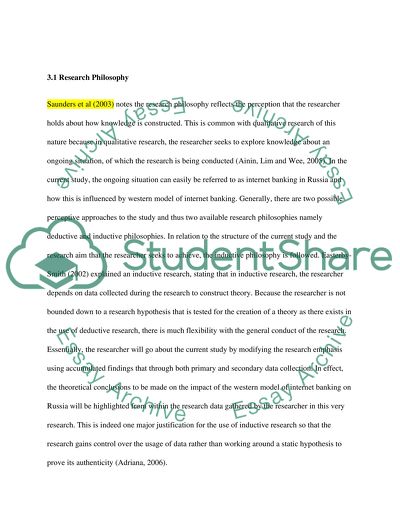Cite this document
(“How does the western model of Internet Banking apply to Russia Dissertation”, n.d.)
Retrieved from https://studentshare.org/finance-accounting/1484636-how-does-the-western-model-of-internet-banking
Retrieved from https://studentshare.org/finance-accounting/1484636-how-does-the-western-model-of-internet-banking
(How Does the Western Model of Internet Banking Apply to Russia Dissertation)
https://studentshare.org/finance-accounting/1484636-how-does-the-western-model-of-internet-banking.
https://studentshare.org/finance-accounting/1484636-how-does-the-western-model-of-internet-banking.
“How Does the Western Model of Internet Banking Apply to Russia Dissertation”, n.d. https://studentshare.org/finance-accounting/1484636-how-does-the-western-model-of-internet-banking.


